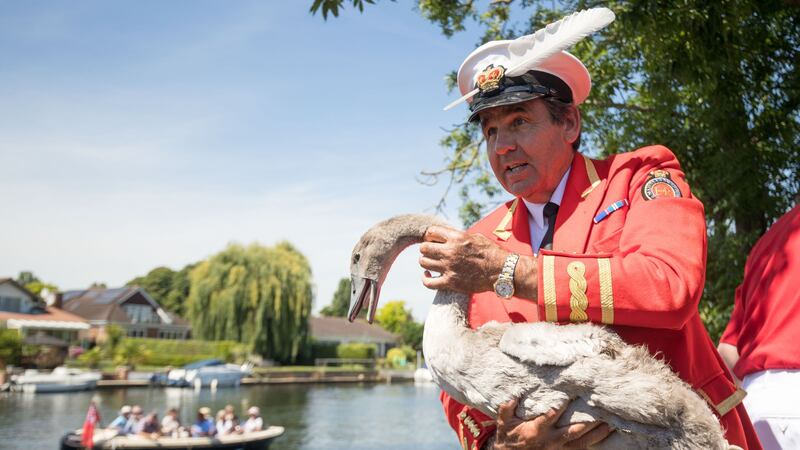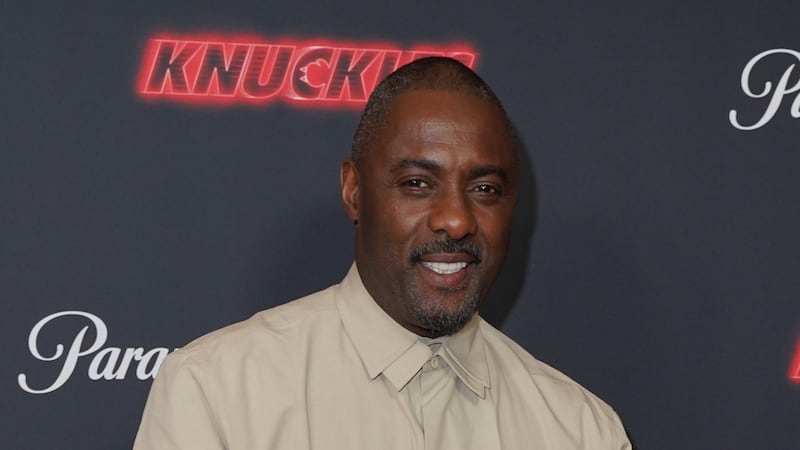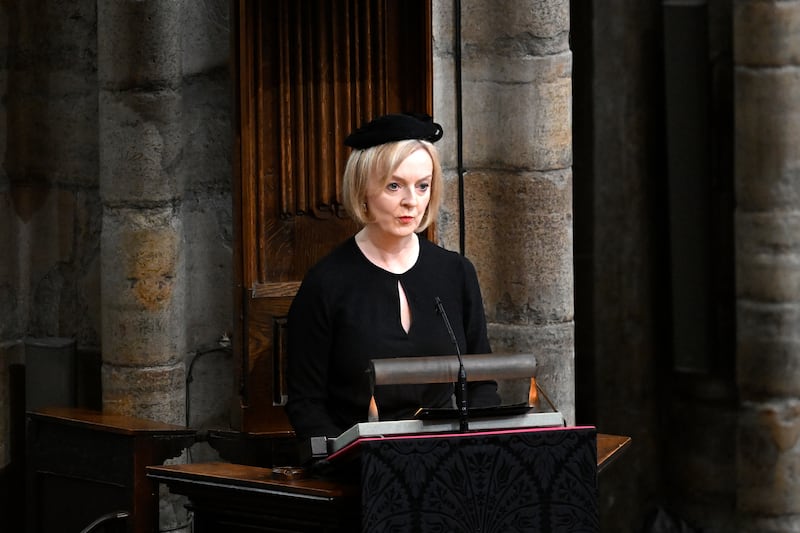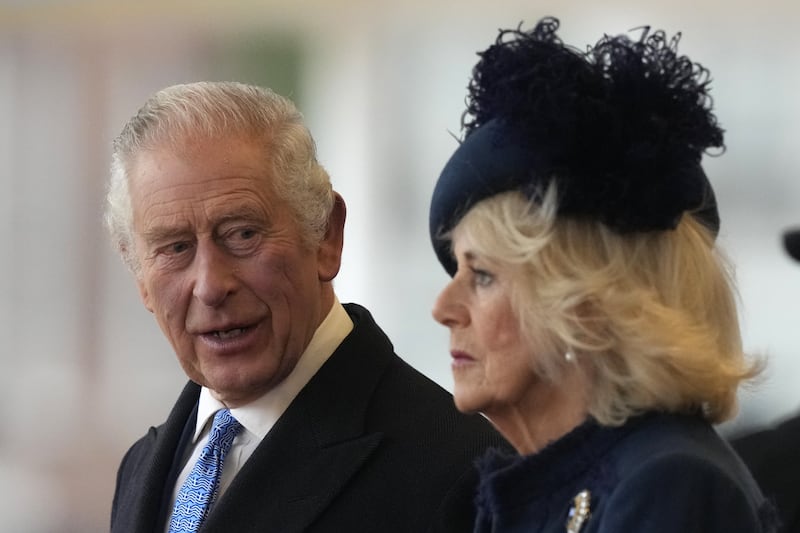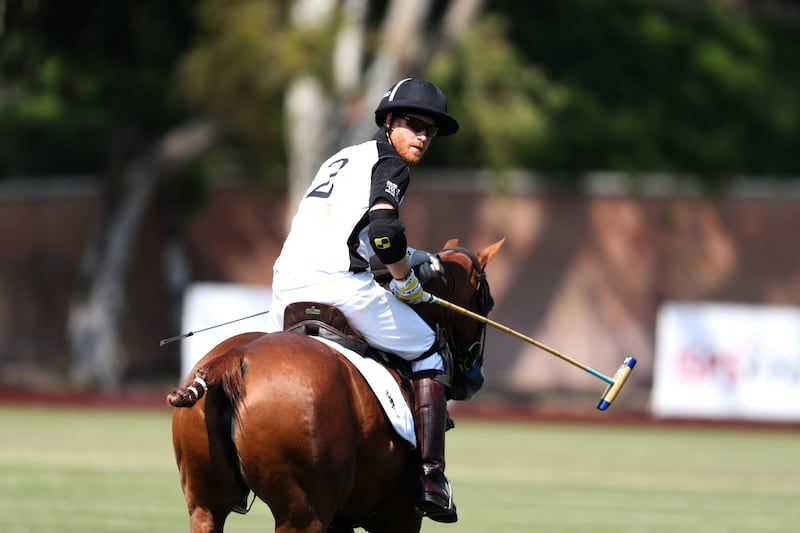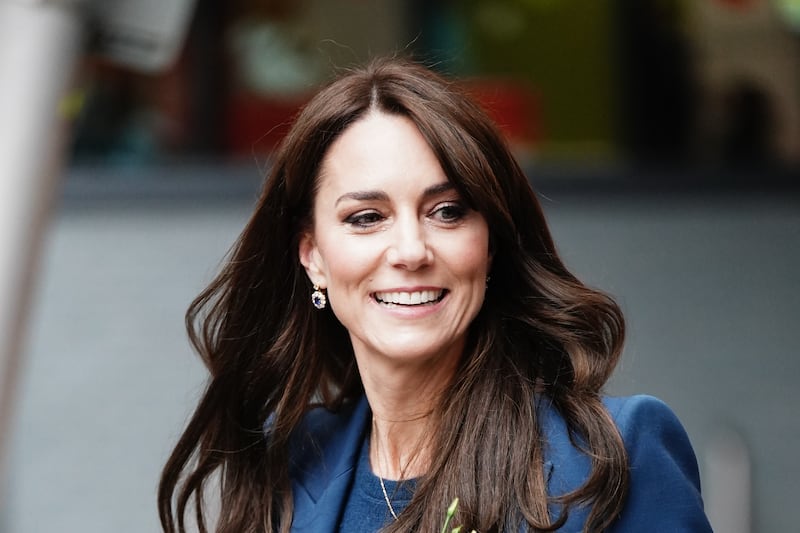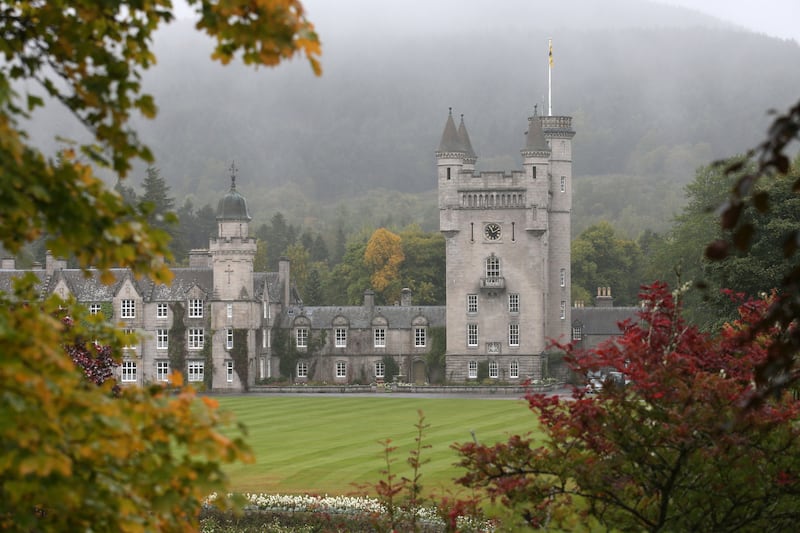The annual Swan Upping has begun along the River Thames.
The tradition dates back to the 12th century and is a count of all the swans belonging to Queen Elizabeth II – it doesn’t look like just any old nature survey though…
How did this tradition come about again?
Swan Upping began as a ritual to ensure there were enough swans for feasting, but now conservation is at its core – as the data from the census is collected to assess the growth of the swan population.
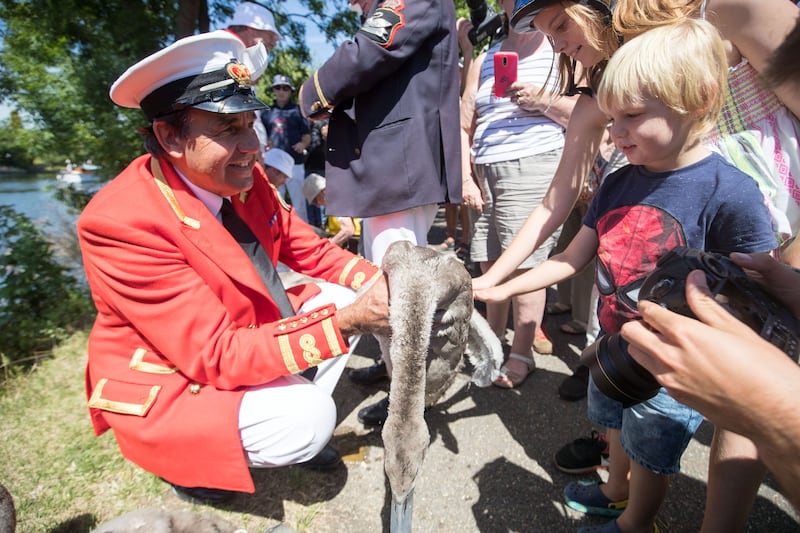
Hold up, and why does the queen own all these swans?
The British monarch traditionally claims ownership of all unmarked mute swans in open water.
Mute swans are a species of orange-billed swan.
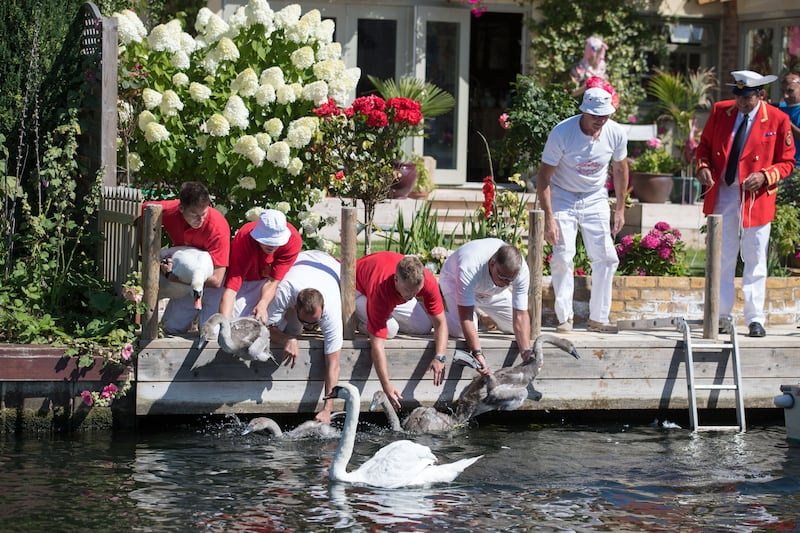
So how does it all work?
Swan Uppers — a team of dedicated boaters — are tasked with finding swans on a specific stretch of the River Thames.
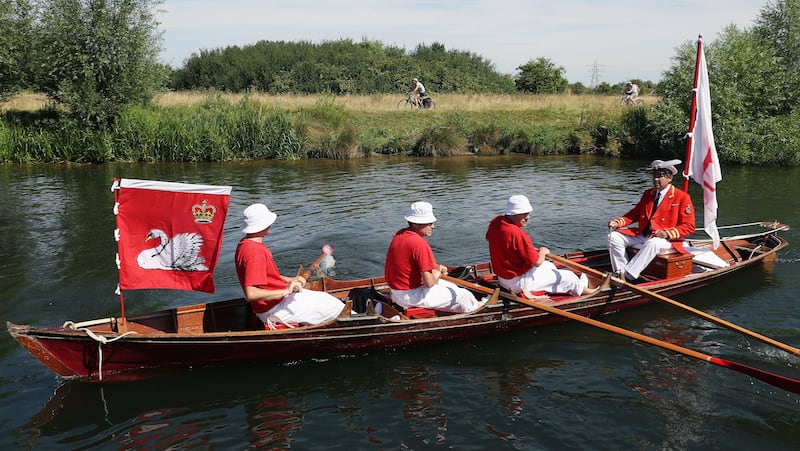
When a group of cygnets is spotted, they cry “All Up,” then mark the young birds and check them for disease or injury.
And how many swans does the queen have?
The Swan Upping isn’t finished yet but David Barber, the queen’s official Swan Marker, says preliminary results are positive.
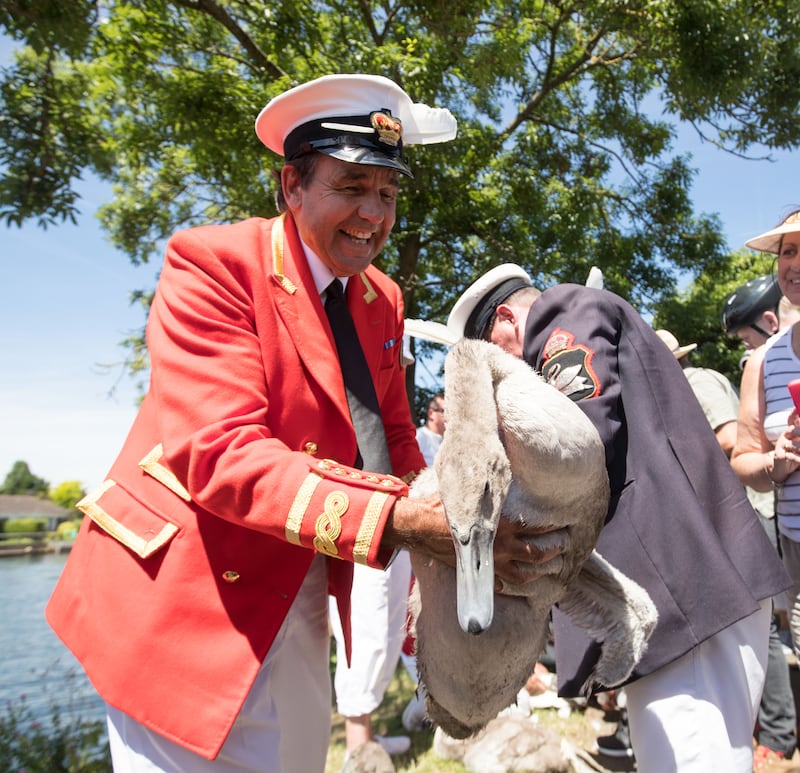
In 1985, the swan population on the Swan Upping route had fallen to just seven swans due to poisoning from lead weights.
Thanks to a lead ban, numbers have recovered since then, but not to levels found before the Second World War.
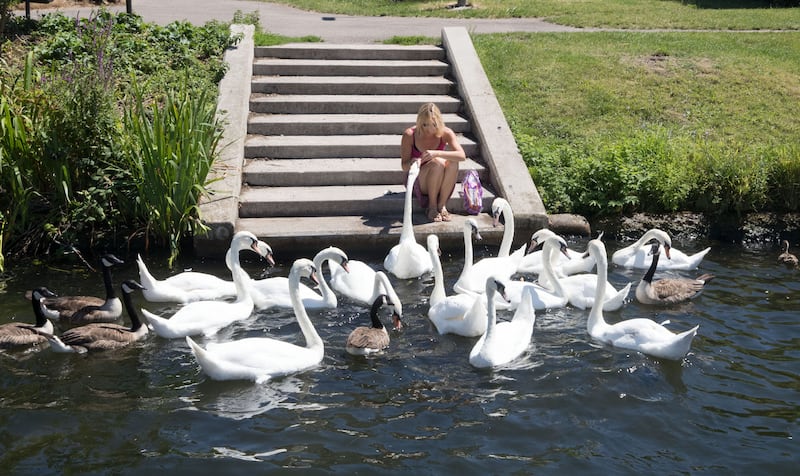
However, swans also often suffer serious injuries from swallowing fishing hooks or flying into overhead wires and are sometimes attacked by people.
As a result, cygnet numbers have decreased in recent years and the full results from this year will only be clear by the end of the week – but Mr Barber is hopeful it will be good news.
“We’ve caught more young cygnets with less injuries than before,” he said of the first day’s count. “We are extremely pleased.”
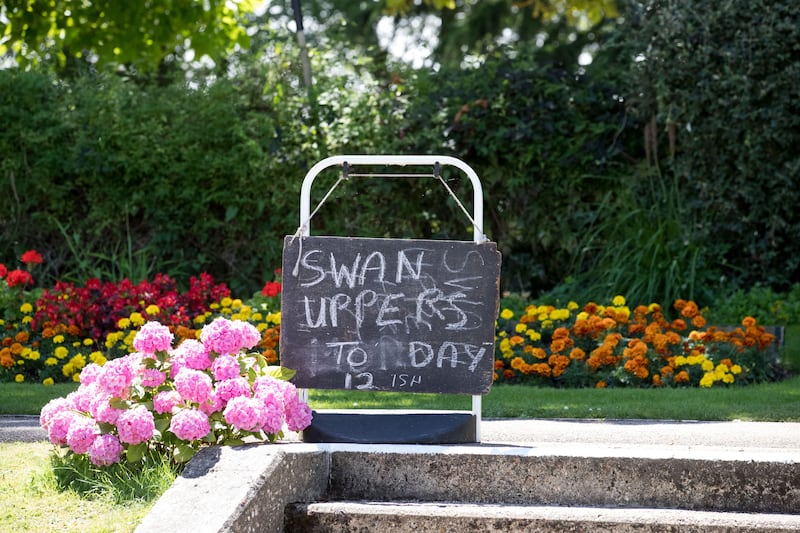
He hopes the event will draw attention to the dangers young swans face on the river. These threats range from natural predators to dogs, oil pollution and egg theft.
